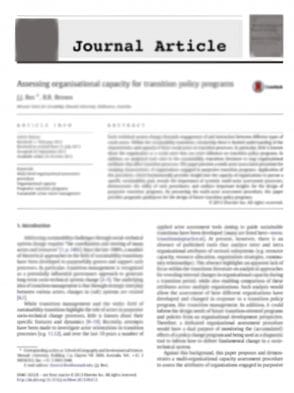Source-control stormwater management for mitigating the effects of urbanisation on baseflow.
Abstract
While infiltration source-control technologies are increasingly used to manage the volume, rate and quality of stormwater runoff, there is little guidance on their role and impact on baseflow. This review addresses the impacts of urbanisation on baseflow in peri-urban catchments, with the aim to better understand the potential role of stormwater infiltration source-control technologies in restoring pre-development baseflows. We analyse the physiographic and anthropogenic factors that affect the baseflow response to urbanisation. We also suggest that observed uncertainties in these baseflow responses may arise from inconsistencies in site assessment methodologies, including measurement techniques and selection of indicators. We use the natural flow paradigm to propose catchment-scale baseflow objectives and illustrate potential barriers in translating these catchment-scale objectives to the site scale. Finally, we examine the function of source-control stormwater infiltration techniques in light of both design and environmental parameters (e.g. climate, soil properties). Although we conclude that source-control technologies have potential to mitigate the impact of urbanisation on baseflow hydrology, the complexity of subsurface flow processes makes it difficult to model the effects of the implementation of several stormwater management techniques on catchment baseflow. We thus suggest that the adoption of a clear framework for baseflow assessment in pre- and post-development states, along with fundamental research on the translation from site-scale processes to catchment-scale effects, are essential research steps to guide future stormwater management for baseflow in peri-urban catchments.
